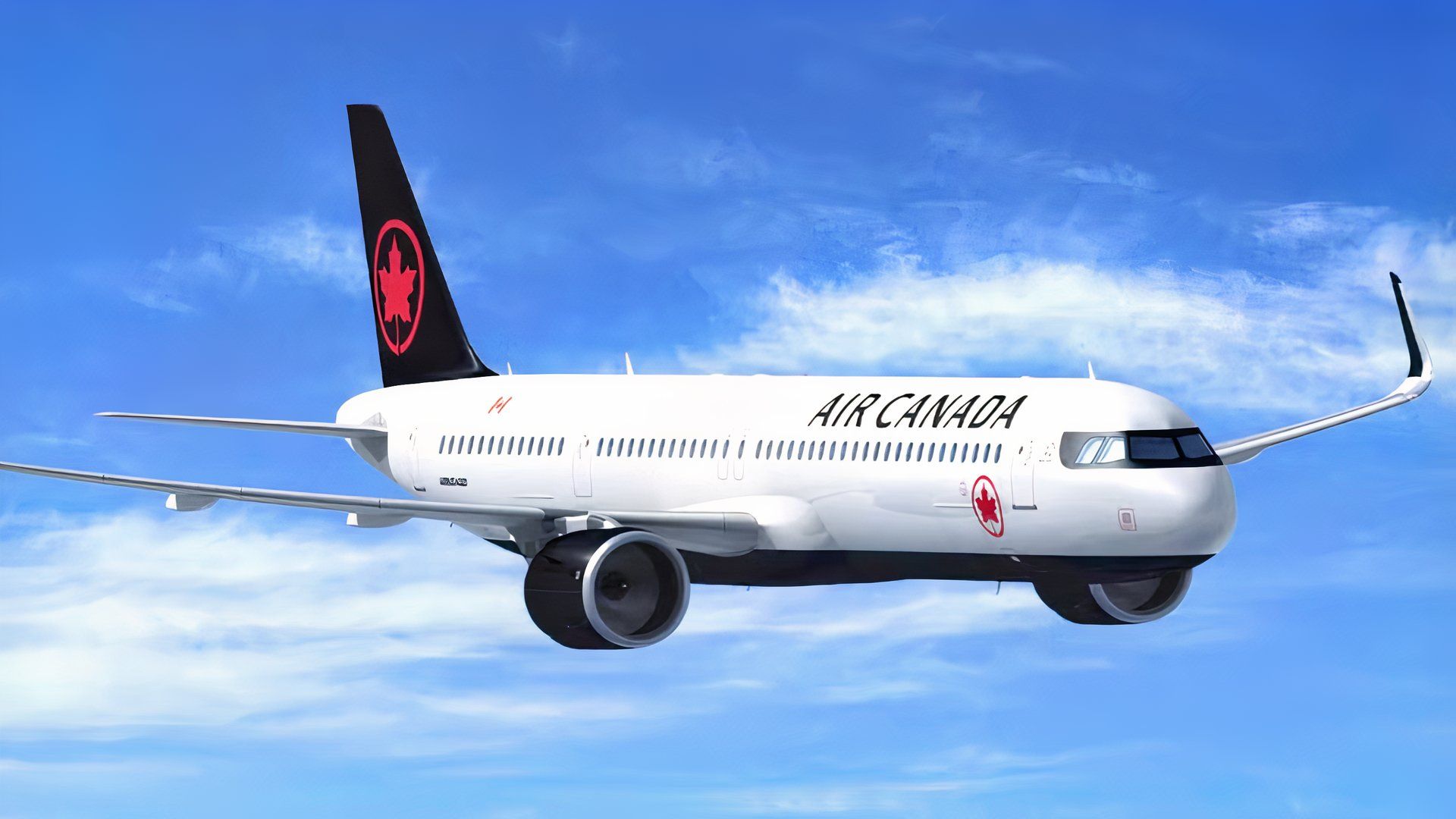World
Air Canada Introduces New Transatlantic Route to Porto

Air Canada has announced the launch of a new transatlantic route connecting Montreal to Porto, marking the carrier’s fifth service utilizing the Airbus A321XLR. This announcement follows speculation regarding the route’s potential, further expanding Air Canada’s European offerings, which already include flights to Dublin, Edinburgh, Palma de Mallorca, and Toulouse.
The new service will commence on June 1, 2026, with the A321XLR expected to replace the larger A330-300 on this route. The A321XLR is capable of covering 2,780 nautical miles (approximately 5,149 kilometers) each way. This strategic move increases Air Canada’s capacity in the market, offering up to 1,820 weekly round-trip seats during peak seasons, significantly enhancing its competitive position against Air Transat, which previously dominated the route.
Details of the New Route and Aircraft
The Airbus A321XLR, which will be delivered in early 2026, is part of a substantial order of 30 aircraft. All planes will be leased and configured with a total of 182 seats: 14 fully flat business class seats arranged in a 1-1 configuration and 168 economy seats in a 3-3 layout.
The schedule for the Montreal to Porto route will feature flights on Mondays, Tuesdays, Wednesdays, Fridays, and Saturdays, departing at 19:15 local time and arriving in Porto the following morning at 07:00, with a flight duration of approximately 6 hours and 45 minutes. The return flights will take off from Porto at 12:15, landing back in Montreal at 15:00, with a total flight time of 7 hours and 45 minutes.
Air Canada’s initial transatlantic operations with the A321XLR will begin on May 15, 2026, with flights to Dublin and Toulouse already in place. The airline anticipates that the A321XLR will play a vital role in its transatlantic network, allowing for greater operational flexibility and the ability to cater to varying passenger demand.
Market Impact and Future Plans
With the introduction of the A321XLR, Air Canada aims to enhance its market share in the transatlantic sector. The airline has observed that the new long-range narrowbody aircraft can operate with lower trip costs compared to traditional widebody planes, making it feasible to explore new routes and adjust capacity based on demand.
The decision to deploy the A321XLR on various routes indicates a shift in Air Canada’s strategy to optimize its fleet. By offering more frequent flights, the airline hopes to attract more travelers, particularly during peak travel seasons.
In addition to Porto, Air Canada is set to expand its European destinations with the A321XLR, including new routes to Palma de Mallorca and Edinburgh, both scheduled to launch in mid-June 2026. The airline’s proactive approach in adjusting its services based on market demand will likely influence its overall competitiveness in the growing transatlantic travel market.
As the aviation industry continues to recover and adapt post-pandemic, Air Canada’s strategic expansions signal its commitment to providing enhanced connectivity between Canada and Europe.
-

 Science2 weeks ago
Science2 weeks agoIROS 2025 to Showcase Cutting-Edge Robotics Innovations in China
-

 Politics2 weeks ago
Politics2 weeks agoJudge Considers Dismissal of Chelsea Housing Case Citing AI Flaws
-

 World2 weeks ago
World2 weeks agoBravo Company Veterans Honored with Bronze Medals After 56 Years
-

 Top Stories2 weeks ago
Top Stories2 weeks agoIndonesia Suspends 27,000 Bank Accounts in Online Gambling Crackdown
-

 Lifestyle2 weeks ago
Lifestyle2 weeks agoStone Island’s Logo Worn by Extremists Sparks Brand Dilemma
-

 Health2 weeks ago
Health2 weeks agoStartup Liberate Bio Secures $31 Million for Next-Gen Therapies
-

 Sports2 weeks ago
Sports2 weeks agoMel Kiper Jr. Reveals Top 25 Prospects for 2026 NFL Draft
-

 World2 weeks ago
World2 weeks agoHoneywell Predicts Record Demand for Business Jets Over Next Decade
-

 Health2 weeks ago
Health2 weeks agoTop Hyaluronic Acid Serums for Radiant Skin in 2025
-

 Politics2 weeks ago
Politics2 weeks agoNew Jersey Voters Urged to Register Ahead of November Election
-

 Lifestyle2 weeks ago
Lifestyle2 weeks agoMary Morgan Jackson Crowned Little Miss National Peanut Festival 2025
-

 Sports2 weeks ago
Sports2 weeks agoYamamoto’s Mastery Leads Dodgers to 5-1 Victory in NLCS Game 2









